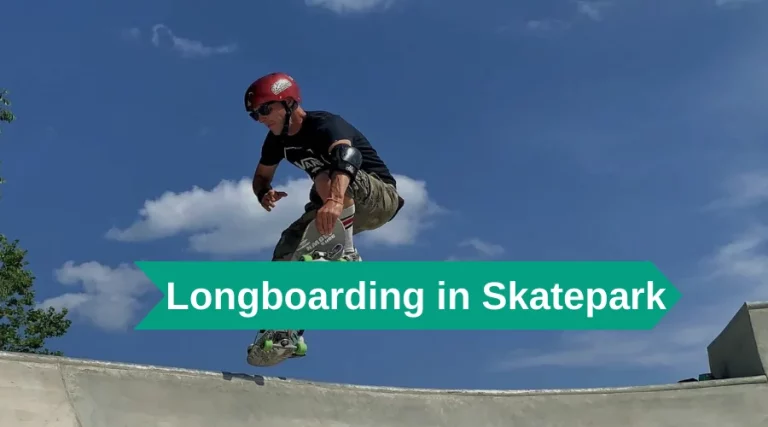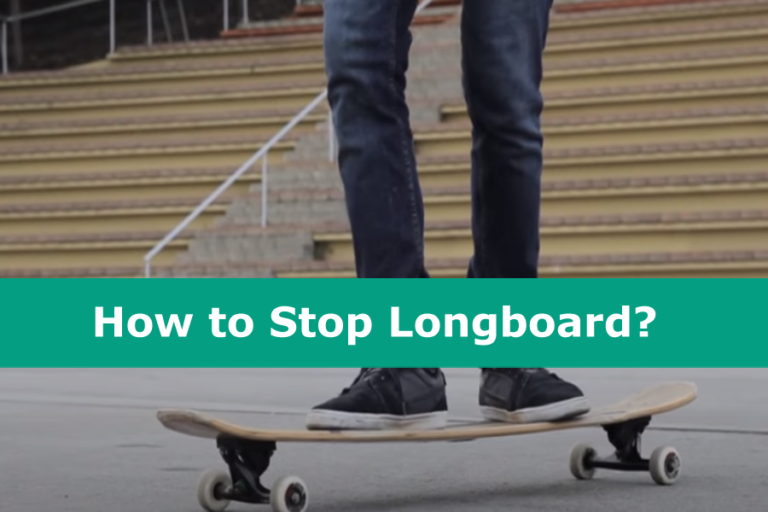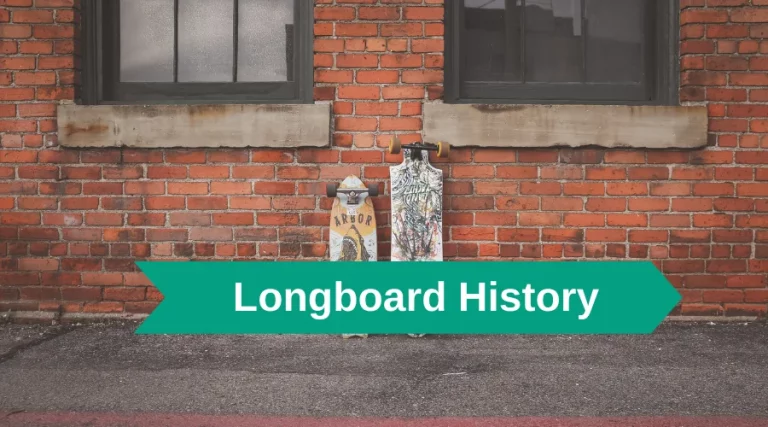Longboard Foot Position: How To Place Your Foot Perfectly?
Longboarding is an exciting sport, offering a unique blend of thrill and freedom. However, mastering the basics like foot placement is key to improving your riding skills and ensuring your safety. In this post, we’ll dive into the nitty-gritty of foot positioning on a longboard.
Understanding Longboard Types and Your Stance
Before we delve into the specifics of foot positioning, let’s get familiar with the different types of longboards and the concept of stance.
There are various types of longboards designed for different purposes, including cruising, downhill, freestyle, and freeride. Your foot positioning may slightly differ depending on the type of longboarding you’re doing.
Your ‘stance’ refers to how you stand on your longboard. The two main stances are ‘regular’ (left foot forward) and ‘goofy‘ (right foot forward). Determining your natural stance is crucial as it affects your foot positioning on the board.
Ideal Foot Placement on a Longboard
Now, let’s move on to foot placement. Here are some general guidelines:
- Position your front foot near the front truck: Your front foot, which is your left foot in a regular stance and right foot in a goofy stance, should be placed near the front truck. The front foot guides the direction of the longboard.
- Angle your front foot: In a cruising or downhill stance, angle your front foot about 45 degrees relative to the length of the board. This position helps maintain balance and control.
- Position your back foot over the back truck: Your back foot should be over the back truck. This foot is primarily responsible for pushing, braking, and helping with balance.
- Keep your feet shoulder-width apart: Your feet should be approximately shoulder-width apart to provide stability and balance. This distance may vary slightly depending on your height and comfort.
The Freestyle Longboard Stance
When it comes to freestyle longboarding, where tricks and maneuvers are involved, the foot placement changes a bit. In a freestyle stance:
- The front foot turns perpendicular to the board.
- The back foot turns around 45 degrees.
This position lets the balls of your feet hug the board’s pocket from both sides, providing the control necessary for performing tricks.

Longboard Stance while Sliding
Sliding on a longboard requires a different foot placement for optimal control and safety:
- Keep both feet in a symmetrical manner, 90 degrees to the deck.
- Ensure the toes of both feet are hanging slightly over the edge of the board.
- Lengthen the legs to keep the board away while bending your knees for balance and control.
- Keep your hips and shoulders aligned with your board’s direction.
The Importance of Correct Foot Placement
Correct foot placement on the longboard helps:
- Maintain balance.
- Control the board’s movements.
- Prevent your feet from slipping off, reducing the risk of accidents.
- Achieve greater precision when turning or carving.
Wrapping Up
Mastering foot positioning on a longboard takes practice, but it’s a fundamental skill that can greatly enhance your longboarding experience. Remember, there’s no one-size-fits-all approach to foot placement. While these guidelines provide a good starting point, you’ll need to adjust your stance and foot placement to suit your comfort, the type of longboard you’re riding, and your longboarding style.

I am a longboarding enthusiast and a blogger. On this blog, I share tips, tricks, and advice based on my experience. I am dedicated to helping newbies improve their skills and enjoy this fun activity to the fullest.
Disclosure:This post may contain affiliate links. If you click on a link and make a purchase, we may earn a commission at no additional cost to you. Learn more.







